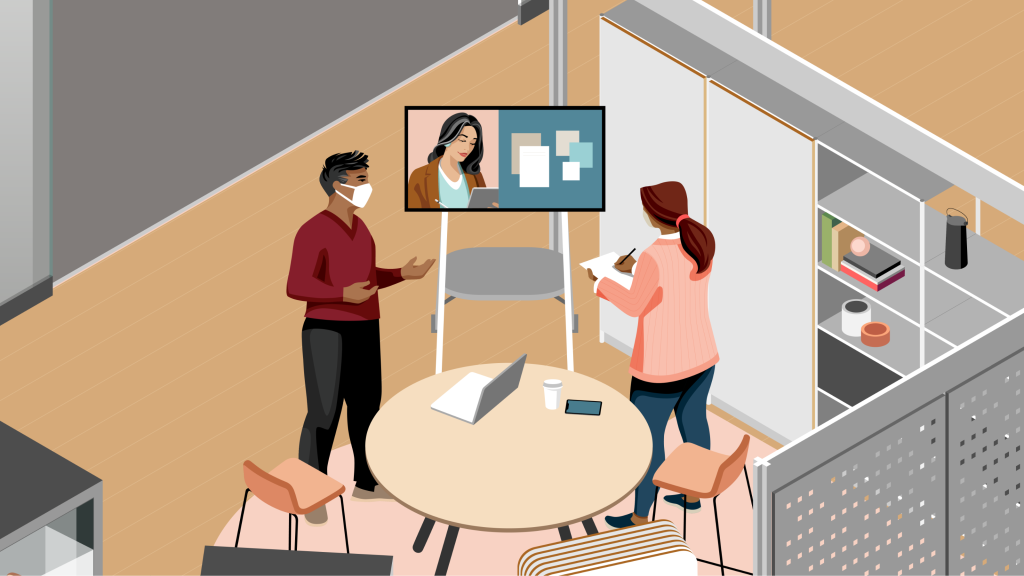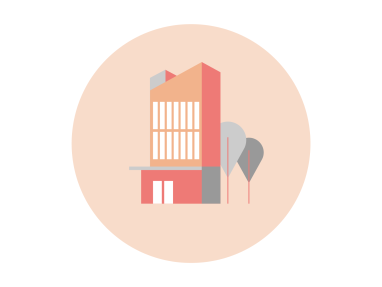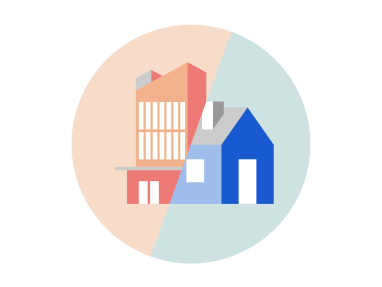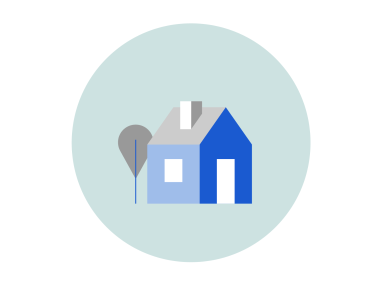In 1935, a black blizzard descended on Washington D.C. It happened just as Hugh Bennett, the Director of the Soil Erosion Service was testifying before Congress. He was testifying about the need to continue funding the program. As the dust cloud enveloped the city, Congress saw first-hand the importance of implementing the Soil Conservation Act. The aftermath of the Dust Bowl that ravaged the Great Plains in the 1930s has had lasting effects today. One of those effects includes the creation of nearly 3,000 conservation districts nationwide.
These districts operate under state law as non-regulatory, non-enforcement entities that help farmers and landowners make decisions about how to best utilize their natural resources. So why the history lesson on the Dust Bowl from an office furniture company? Because everyone needs the right furniture to effectively do their job, especially the Spokane Conservation District (SCD). Authorized in 1941 to operate in Spokane, the SCD is celebrating its 80th birthday with the addition of a beautiful 12,350 s.f. building on its new 50-acre lot in the heart of Spokane Valley.

Reclaiming The Land
Their new location is a 50-acre parcel of land that is a sanctuary among numerous housing, urban, and industrial
developments. Vicky Carter, the director of the SCD, came across the land by chance and could not get over it. In its former life, the land was a rock quarry and gravel mine as well as an asphalt batch plant that made and hauled asphalt. The community absolutely hated it because of the smell, noise, and traffic. So, the company eventually left, and Vicky found it.
“It certainly has its history and scars from its former life. But with all of that, I find great beauty, because we’re a conservation office and we can reclaim that and bring it back to something beautiful and important again. All the while we are honoring what it was and how it provided for us as a community. So, I don’t look at it as this ugly place. Rather it is an opportunity to do some of our best work. I really feel like this building exemplifies that. It is unique to this site and this setting shows the integrity of us as an organization, of the hard-working landowners we work with, and the kind of communication and relationship that we have.”
Projects & Mission of The Spokane Conservation District
At the SCD, their work covers everything from the backyard to the back 40 and beyond. Because they are non-regulatory, they often act as the liaison between the landowner and an enforcement agency by connecting landowners with resources that are available to them. The SCD has a variety of projects it works on from dealing with erosion in nearby lakes, to growing trees. Their mission is to provide viable solutions to problems that are economically feasible for landowners to implement.
In their old building, fulfilling their mission was becoming impossible. They had run out of space to store their equipment including trucks, trailers, and tractors. With no way to expand, the new property came up at the perfect time. The 50-acre campus is a 10-year project that has been broken into 5 phases. With one existing building on the lot, the Spokane Conservation District quickly planned out the rest of the space. They kicked off the construction of their new building with Kilgore Construction in May of 2020 and opened in March 2021.
Designed by Integrus Architecture PS, of Spokane, and AHBL Inc. the building has an agrarian, almost barn-like feel to its exterior. Inside, there is a lot of reclaimed wood used to reflect the rural farms that are historically scattered throughout the region. Additionally, the building incorporates rock that was existing on the site. It is also completely energy efficient. It utilizes the placement of windows in relation to the sun to maximize natural heating and cooling.
“This building really tells the story of the SCD and we are excited about what we can offer to the community.” Through demonstrations on the property, the SCD can show every aspect of who they are in terms of programming, and the projects and resources they have available.
Vets On The Farm
One of the projects Vicky is most proud of is their program called “Vets on the Farm”. This program was created five years ago to help veterans transition into civilian life while also addressing the dwindling
number of farmers in the U.S. These veterans are often looking for their next mission so the SCD provides them with training opportunities to become farmers. The program has been wildly successful because the veteran community is so strong. Since it started, the program has brought hundreds of veterans into the fold. The conservation district and is changing lives in a very positive way.

“For the 30 years that I’ve been here, I’ve watched these incredible projects and people meld together, and it has really been one of the most rewarding things I think I could have ever chosen or done as a career.” -Vicky Carter
The new building supports planning programs like “Vets on the Farm” with its extensive amount of collaboration space. With plenty of natural light from every vantage point throughout the entire building, meeting rooms are large and welcoming. “When things are beautiful, you feel good. The collaboration spaces are where we have a lot of the OEC
furniture, that, and the multipurpose room. We wanted it to be comfortable, specifically our meeting room chairs where you could be sitting for six hours or with height adjustable desks at the workstations. We wanted to let people choose how they wanted to work. Based on how they were feeling that day, we have four to five different seating choices that are beautiful.”
Looking Ahead
The next phase of the development plan will be building a regional conference center that can host 50-200 people. Because a lot of businesses are decreasing their office space due to Covid, Vicky sees an opportunity to help fund the SCD by renting out their space for company get togethers. Downsizing is great until you need to bring all your staff together and your building no longer has the capacity.

For now, the SCD is looking forward to settling into its new space, developing their land with public nature trails, and continuing to help the landowners in the surrounding counties. None of it would be possible without the help of the incredible staff at SCD. “Our whole staff played a part in getting that building built. Whether it was literally sitting on a font-end loader moving 13,000 cubic yards of asphalt or something else, my staff busted their butts. So, every single person has a sense of ownership and pride over there.” When it comes to their line of work, those are exactly the kind of people that will help make the farmers and landowners of the Spokane area successful. The days of the dust bowl and long gone. Meanwhile, the excellent work the SCD is doing will make sure it stays that way.
See the full photo album today!
Receive our Newsletter
To receive our newsletter, including new editions of spaces and other digital content, fill out the form below:














































